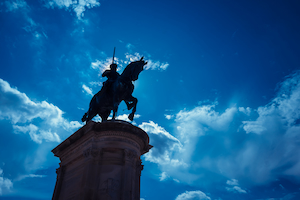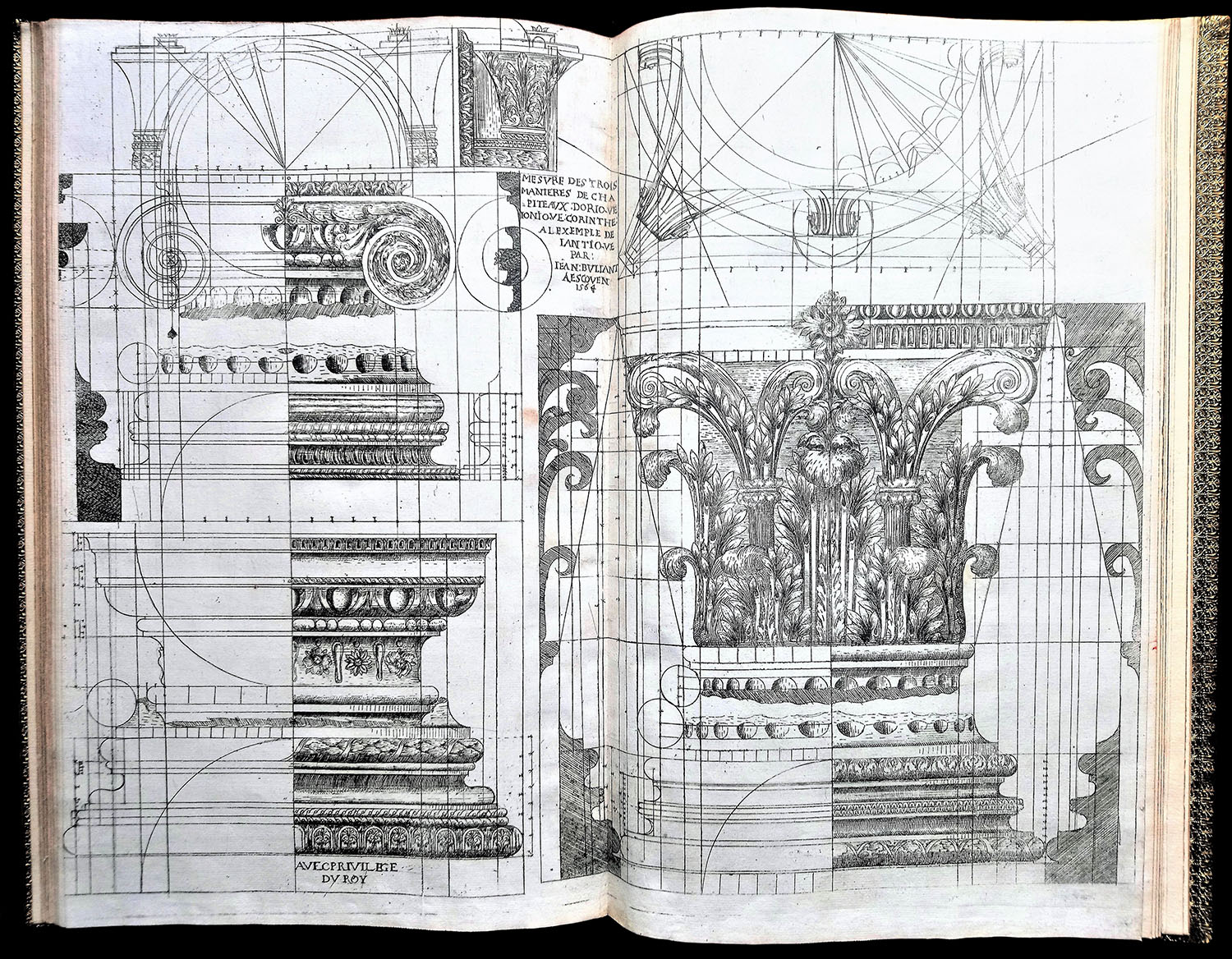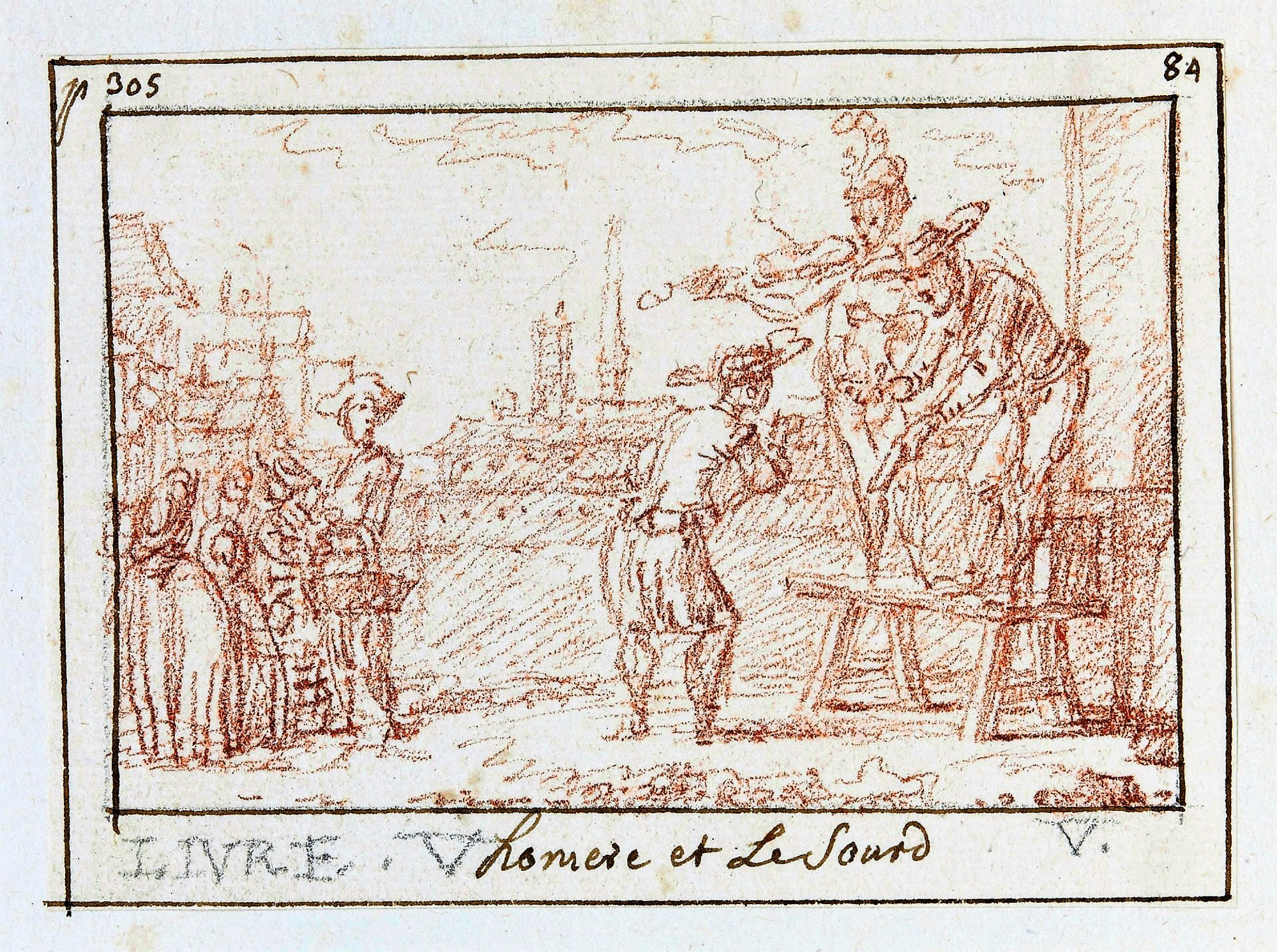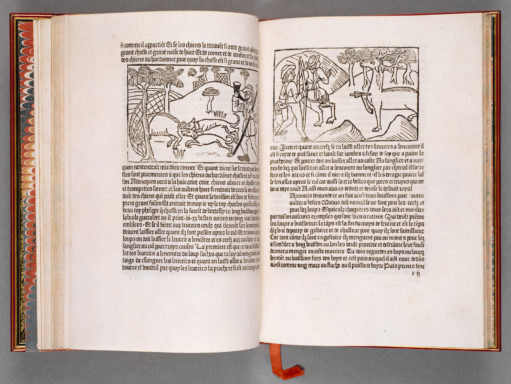
Book of King Modus and Queen Ratio
1486
Book of King Modus and Queen Ratio - 1486
Incunable printed in Chambéry by Anthoine Neyret in 1486
French binding technique, 19th century, signed by Bauzonnet
This rare book is the first printed edition of the oldest treatise written in French on hunting.
Attributed to Henry de Ferrières, a Norman gentleman who composed it between 1354 and 1377, it contains a dialogue between King Modus (the Good manner) and various interlocutors on the life of animals and the manner in which they are hunted. Interspersed with this are chapters where Queen Ratio (Reason) gives a moral explanation on animals’ habits.
The edition is illustrated with wood engravings. The print characters imitate the handwriting used in manuscripts, many of which distributed this work.
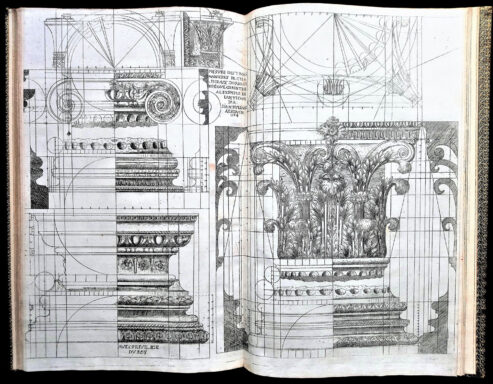
Treatise on architecture by Jean Bullant
1568
Treatise on architecture by Jean Bullant - 1568
Reigle généralle d’architecture des cinq manières de colonnes
Paris, Jérôme Marnef & Guillaume Cavellat, 1568
Origin: Charles Spencer Sunderland collection
Jean Bullant (1515-1578) was Anne de Montmorency’s (1493-1567) architect in Ecouen and Chantilly.
It was from the Corinthian order of the Pantheon in Rome that he drew his inspiration for the order with which he decorated the façade overlooking the courtyard in the Château d’Ecouen, considered as one of the first examples of colossal order in French architecture.
The drawings in his treatise on architecture were presented, for the first time, in 1564, geometrically. This second corrected edition is the most sought-after. It is illustrated with wood engravings and complemented by 5 splendid copper engravings by Bullant, independent of the text. A note by the Duke of Aumale states “unique in this state”.
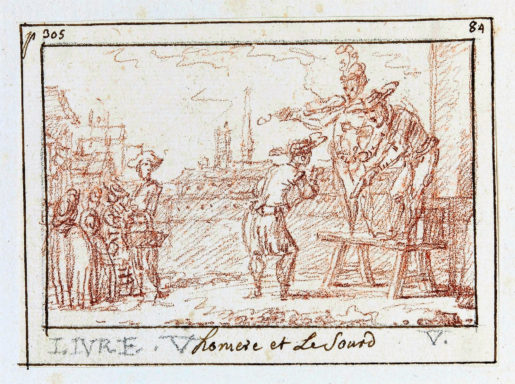
Fables by Antoine Houdar de La Motte
1719
Fables by Antoine Houdar de La Motte - 1719
Fables nouvelles, Paris, Grégoire Dupuis
Copper-engraved illustrations by Claude Gillot (1673-1722)
XI-I-036
Origin: Charles Nodier, George de Macartney collection, 1854
Hostile to imitations of Aesop or La Fontaine and resolutely modern, Houdar de La Motte (1672 – 1731) created new fables.
His collection is above all celebrated as “ the first illustrated book of the 18th century”, thanks to the beautiful etchings by Gillot, Watteau’s master. The volume was enriched before 1820 with more than 100 original red chalk drawings, their second proofs and their initial engravings, with a view to a new illustrated edition in duodecimo format, which was never published.





